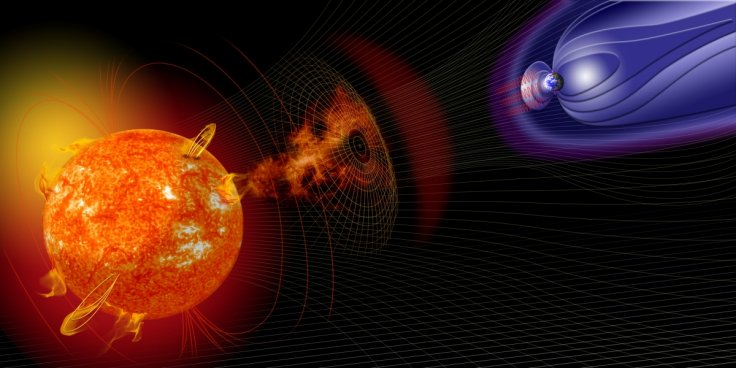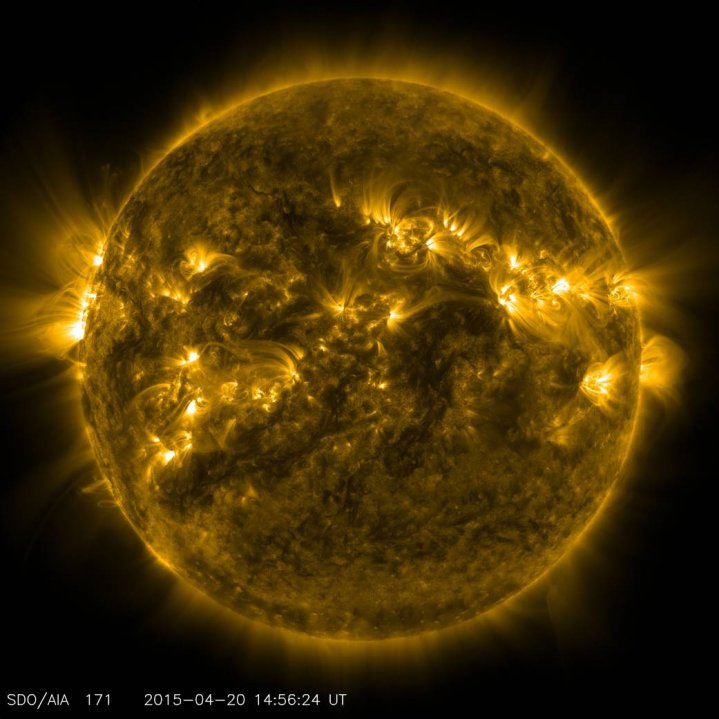
Sun, the star in the solar system never remains still, and with cosmic flares to solar storms, this cosmic entity continues to baffle space scientists. As this giant ball of gas burns, the continuous flow of superhot plasma creates ropes of magnetic fields that will twist and tangle with one another. As the sun rotates, these invisible ropes of magnetic fields will snap apart and join together again, causing flares, storms, and eruptions of plasma.
A rare case of magnetic reconnection
This phenomenon is called magnetic reconnection, and it has been observed several times in the sun. However, until now, humans have detected only spontaneous reconnections in the past. But now, for the first time, astronomers at NASA's Solar Dynamics Observatory have detected a magnetic explosion on the sun that was actually triggered by a nearby eruption, and in this case, a forced reconnection happened rather than a spontaneous one.
Scientists caught this large discharge of solar matter caught falling back into a web of magnetic field lines, and it resulted in a reconnection in a unique X shape.
"This was the first observation of an external driver of magnetic reconnection. This could be very useful for understanding other systems. For example, Earth's and planetary magnetospheres, other magnetized plasma sources, including experiments at laboratory scales where plasma is highly diffusive and very hard to control," said Abhishek Srivastava, a solar scientist at the Indian Institute of Technology in Varanasi in a recent statement.

It should be noted that the surface of the sun is extremely hot beyond imagination. The outermost part of the sun is known as the corona, and the phenomenon of magnetic reconnection is apparently playing a crucial role behind this extreme heat. However, the mechanics behind this phenomena is still a matter of debate among space scientists.
The highly dynamic and complex solar corona can be inevitably subjected to such forced reconnection at diverse spatio-temporal scales when external disturbances act on the partially or fully established reconnection regions, thus making it a significant physical mechanism for a variety of dynamical plasma processes in the solar corona," wrote the researchers in the study report.
Mysterious anomaly near sun
It was around a few days back that NASA's Parker Solar Probe discovered mysterious rogue waves within the sun. The probe also detected solar winds exceeding the speed that any model had previously predicted.
The new discovered is considered totally unexpected, and until now, scientists are still unable to provide a convincing explanation to describe this phenomenon. The finding also suggests that the human understanding of the sun is very minimal.









